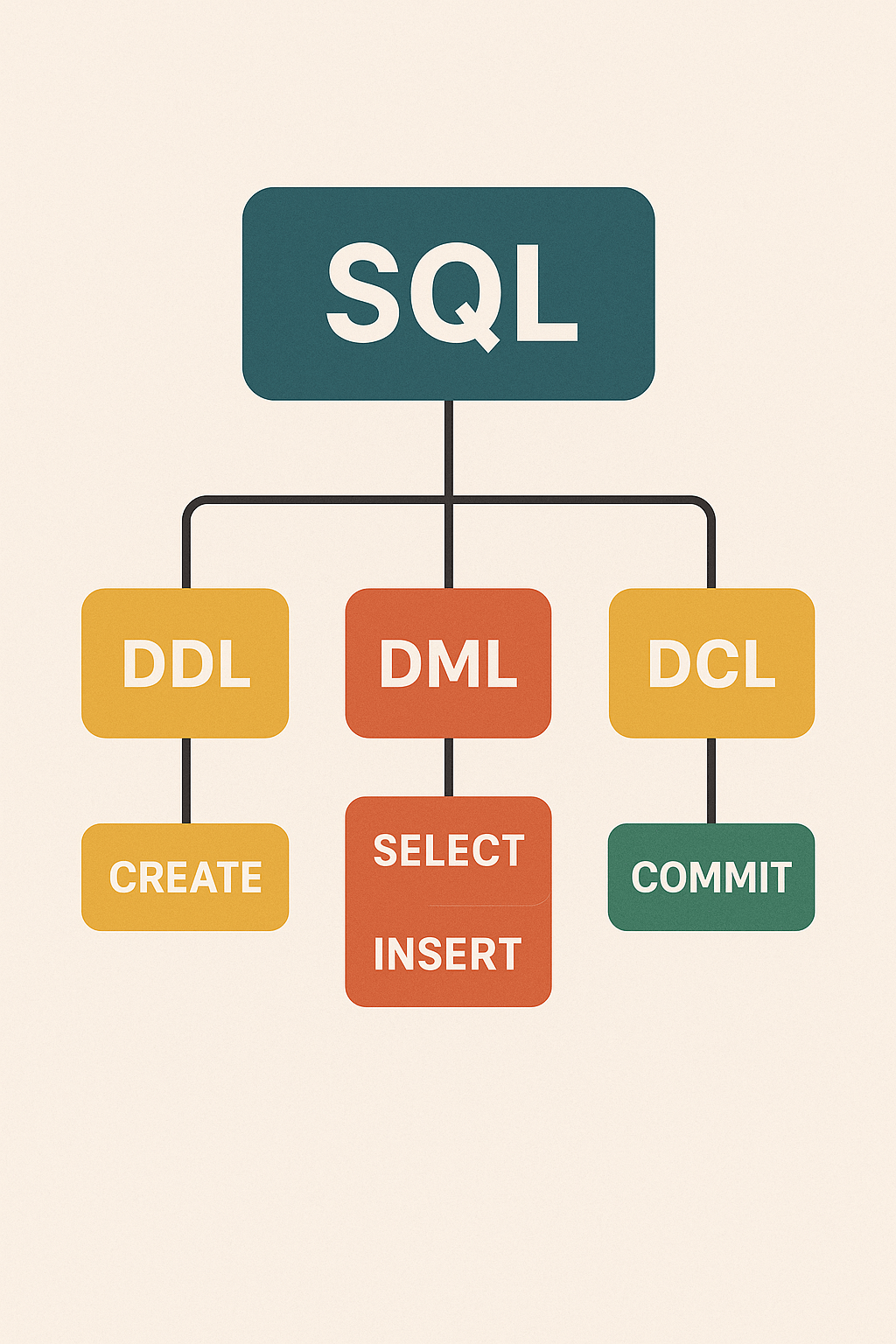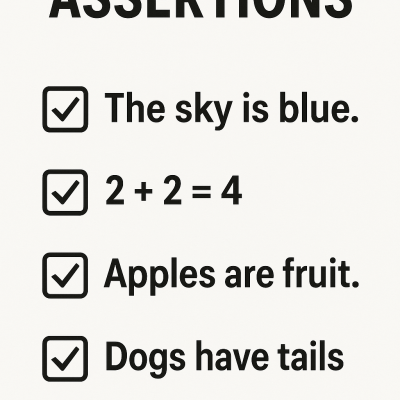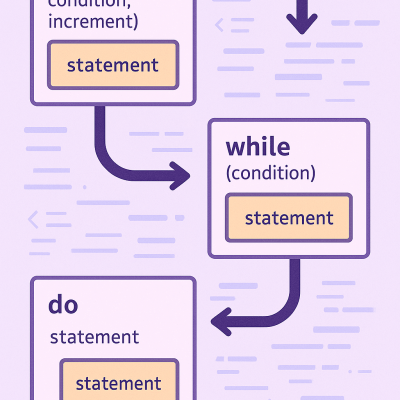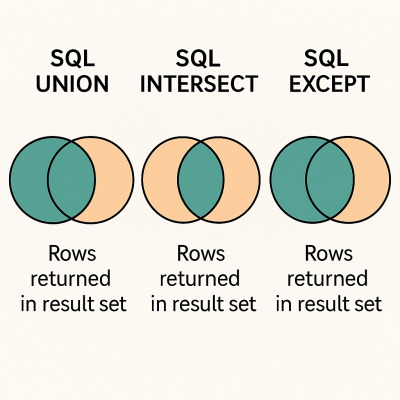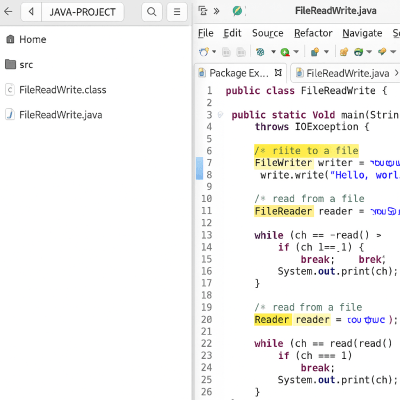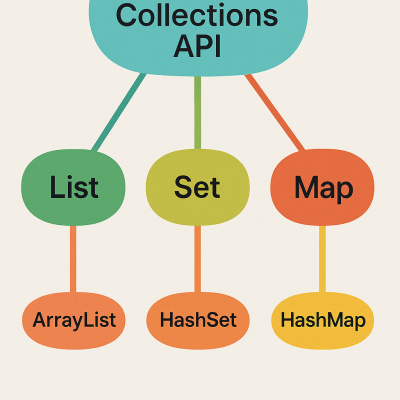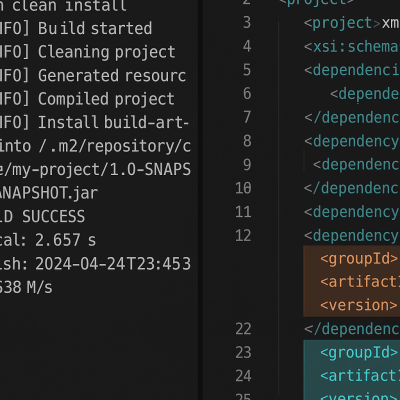Sql Language Branches
SQL Command Types Overview
SQL (Structured Query Language) is the standard language used to manage and manipulate databases. In the first sentence, we already emphasize the keyword “SQL” clearly. SQL commands fall into several categories, including Data Definition Language (DDL), Data Manipulation Language (DML), and Data Control Language (DCL). Each type serves a distinct purpose in handling data. Moreover, understanding these categories helps users better control, access, and modify data efficiently. DDL commands like CREATE define database structures. DML commands such as SELECT and INSERT modify or retrieve data. Meanwhile, DCL commands like COMMIT handle permissions and transactions. Furthermore, each command type ensures precise control over data operations. Therefore, mastering SQL categories boosts your database performance and accuracy. In addition, the logical structure simplifies how professionals interact with databases daily. This concise classification also improves troubleshooting and collaboration across teams. SQL remains essential for database professionals, developers, and data analysts alike. With its clarity and functionality, SQL continues to be a foundational tool in data management today.
Key Features of SQL Command Types
- Data Definition Language (DDL): DDL commands like CREATE define and modify database schema structures using SQL.
- Data Manipulation Language (DML): DML commands like SELECT and INSERT help retrieve and manage data using SQL effectively.
- Data Control Language (DCL): DCL commands such as COMMIT manage access permissions and transaction finalization in SQL.
What’s Included with SQL Command Types
- Visual representation of SQL command categories: DDL (CREATE), DML (SELECT, INSERT), DCL (COMMIT).
How to Use SQL Command Types
- Start by identifying whether your task involves structure, data, or control to select DDL, DML, or DCL.
- Then, use relevant SQL commands—CREATE for tables, SELECT/INSERT for data, and COMMIT for transactions.
Ideal Uses and Placement
- Use SQL command types in database management systems to ensure structured, efficient operations.
- Apply SQL commands during software development, business analytics, or data integration workflows.
SQL Command Types Specifications
- Includes primary SQL categories: DDL, DML, DCL with examples like CREATE, SELECT, INSERT, and COMMIT.
Optimized Imagery & Alt Text
Explore More Resources
- Find similar products: Products Page
- Gain further insights: Our Blog
- Enhance your understanding: AI & QA Resources
- Learn from experts: W3Schools SQL Tutorial
Why Choose SQL Command Types?
SQL command types help you manage databases with precision. Use DDL to define structure. DML retrieves and changes data. DCL ensures control over access and transactions. These command types make database work clear and effective. SQL boosts data integrity and consistency. Moreover, it simplifies how developers and analysts interact with data systems.
Order Your SQL Command Types Chart Today!
Master SQL with this clear, visual breakdown of DDL, DML, and DCL commands—perfect for students and professionals!
$3.99
- ✅ Instant Download Available
- 🖼️ Ultra High-Resolution 4K PNG + JPG (4096×6144, 300 DPI)
- 🖨️ Prints Beautifully up to 13.6×20.5 inches
- 🚫 Personal Use Only (Not for Resale)
- 💾 Digital Product – No Physical Item Shipped
- 📥 Instant Access via Download Link Post-Purchase
All 4K images include the label "4K" in their title.
If your selected image does not include "4K", please contact us for your complimentary upgrade.

